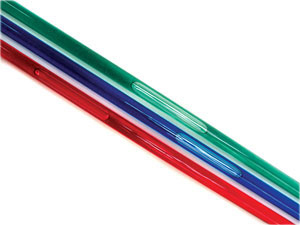 by: Matthew Morris
by: Matthew Morris
Newton was a revolutionary thinker of his time. He is responsible for the three laws of motion that we still use today;
1. Objects that are not in motion remain stationary unless acted upon by another force.
2. There is a direct relationship between the force acted upon the object and the mass of that object times the acceleration the object feels (F=ma).
3. For every action there is an equal and opposite reaction.
 Nobody before Newton could explain why objects acted the way they did, but with these three laws he quantified movement in terms everyone could understand.
Nobody before Newton could explain why objects acted the way they did, but with these three laws he quantified movement in terms everyone could understand.
But there was a problem with his theory; if all motion had to be caused by some force acting on it, then why do objects fall towards the earth when you release them from a fixed position? This free falling object was in fact free, meaning free of outside forces acting upon it (besides wind resistance). There were no visible forces acting upon that object. So why do they move downward if nothing is acting on it? But Newton explained this motion with gravity. He said that gravity is a force that the earth has upon all objects, something invisible that pulls us down at all times at a constant acceleration. There is a myth that the way Newton thought of the idea of gravity was when he was thinking about it under an apple tree when an apple fell on Newton’s head and at that moment, he figured out that there must be a force pulling the object down. This is also why apples are used to demonstrate Newton’s force, but no one knows definitively if the myth is true or not. Read the rest of this entry »




 Posted by Donna Giachetti
Posted by Donna Giachetti  by: Evan Jones
by: Evan Jones
 by: Cindy House
by: Cindy House

